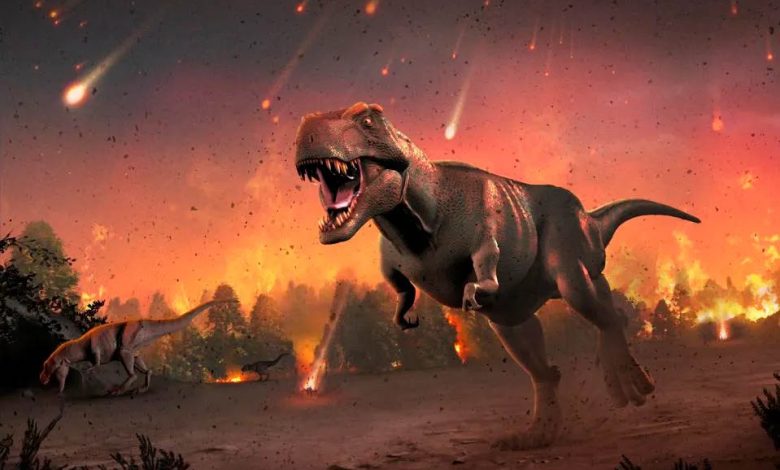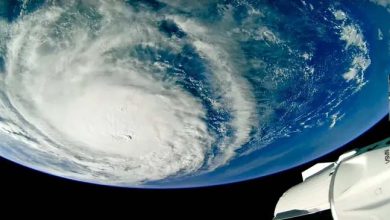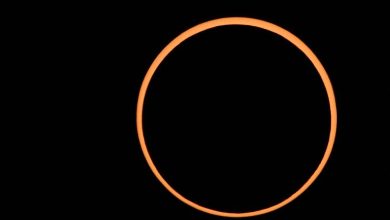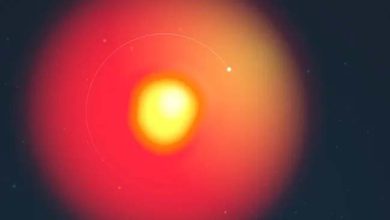Scientist traces the origin of the asteroid that killed the dinosaurs

Science: An intense debate surrounding the cosmic rock that killed the dinosaurs has shaken scientists for decades, but a new study has revealed some important and far-reaching data about the impactor’s origin story. The researchers, whose findings were published in the journal Science on Thursday, used an innovative technique to demonstrate that the apocalyptic culprit that hit Earth’s surface 66 million years ago, causing the recent mass extinction, was formed beyond Jupiter’s orbit. They also refute the idea that it was a comet. The new information about the apparent asteroid that created the crater at Chicxulub, in the Yucatan Peninsula of present-day Mexico, could improve understanding of celestial bodies that hit our planet. “With all this information we can now say that this asteroid was initially formed beyond Jupiter,” Mario Fischer-Gode, lead author of the study and a geochemist at the University of Cologne, told AFP. The findings are particularly remarkable, given how rarely this type of asteroid hits Earth.
Such information could prove useful in assessing future threats or determining how water came to this planet, Fischer-Goode said. Samples The new findings are based on an analysis of sediment samples formed in the period between the Cretaceous and Paleogene epochs, the time of the asteroid’s catastrophic impact. The researchers measured isotopes of the element ruthenium, which is not uncommon on asteroids but extremely rare on Earth. So by observing deposits in several geological layers that mark the debris from the impact at Chicxulub, they could be sure that the ruthenium studied “100 percent came from this asteroid.” “Our laboratory in Cologne is one of the rare laboratories that can make these measurements,” and it was the first time such study techniques were used on impact debris layers, Fischer-Goode said. Ruthenium isotopes can be used to distinguish between two main groups of asteroids: C-type, or carbonaceous, asteroids that formed in the outer solar system, and S-type silicate asteroids from the inner solar system, which are closer to the sun.
The study confirms that the asteroid that produced a huge earthquake, sparked a global winter and wiped out the dinosaurs and most other life was a C-type asteroid that formed beyond Jupiter. Studies two decades ago had already made such an assumption, but with much less certainty. The findings are startling, because most meteorites — fragments of asteroids that fall to Earth — are S-types, Fischer-Godde pointed out. Does this mean that the Chicxulub impactor formed beyond Jupiter and headed straight for our planet? Not necessarily. “We can’t really be sure where the asteroid was hiding just before it hit Earth,” Fischer-Godde said. After its formation, it likely stayed in the asteroid belt, which lies between Mars and Jupiter and where most meteorites originate, he added.





